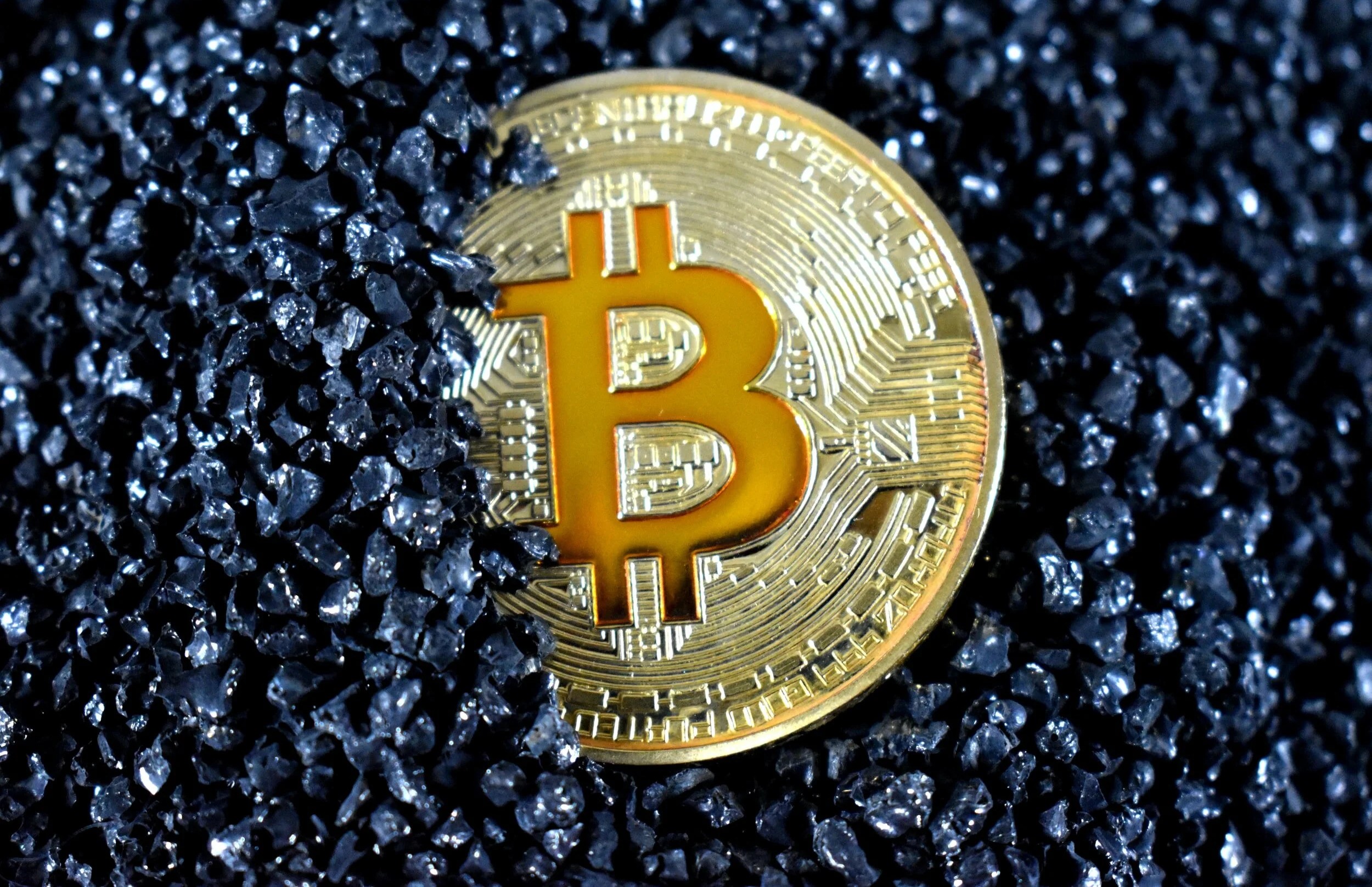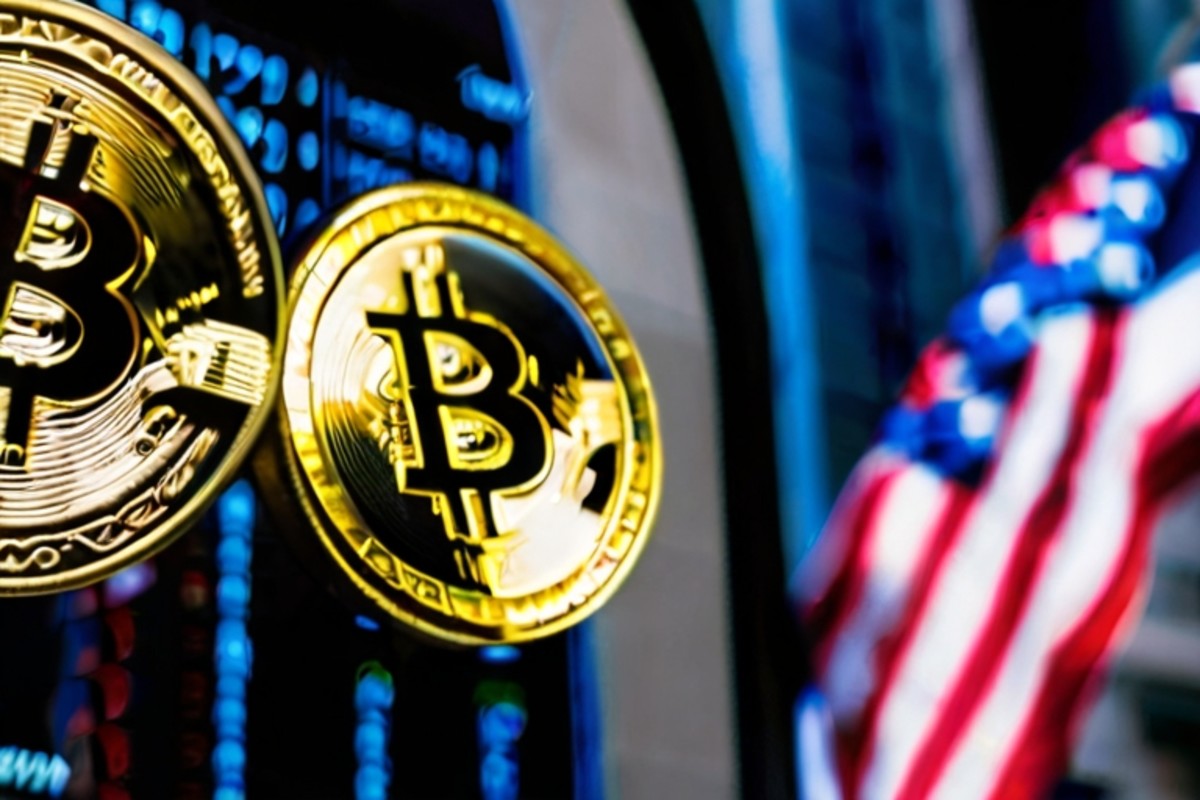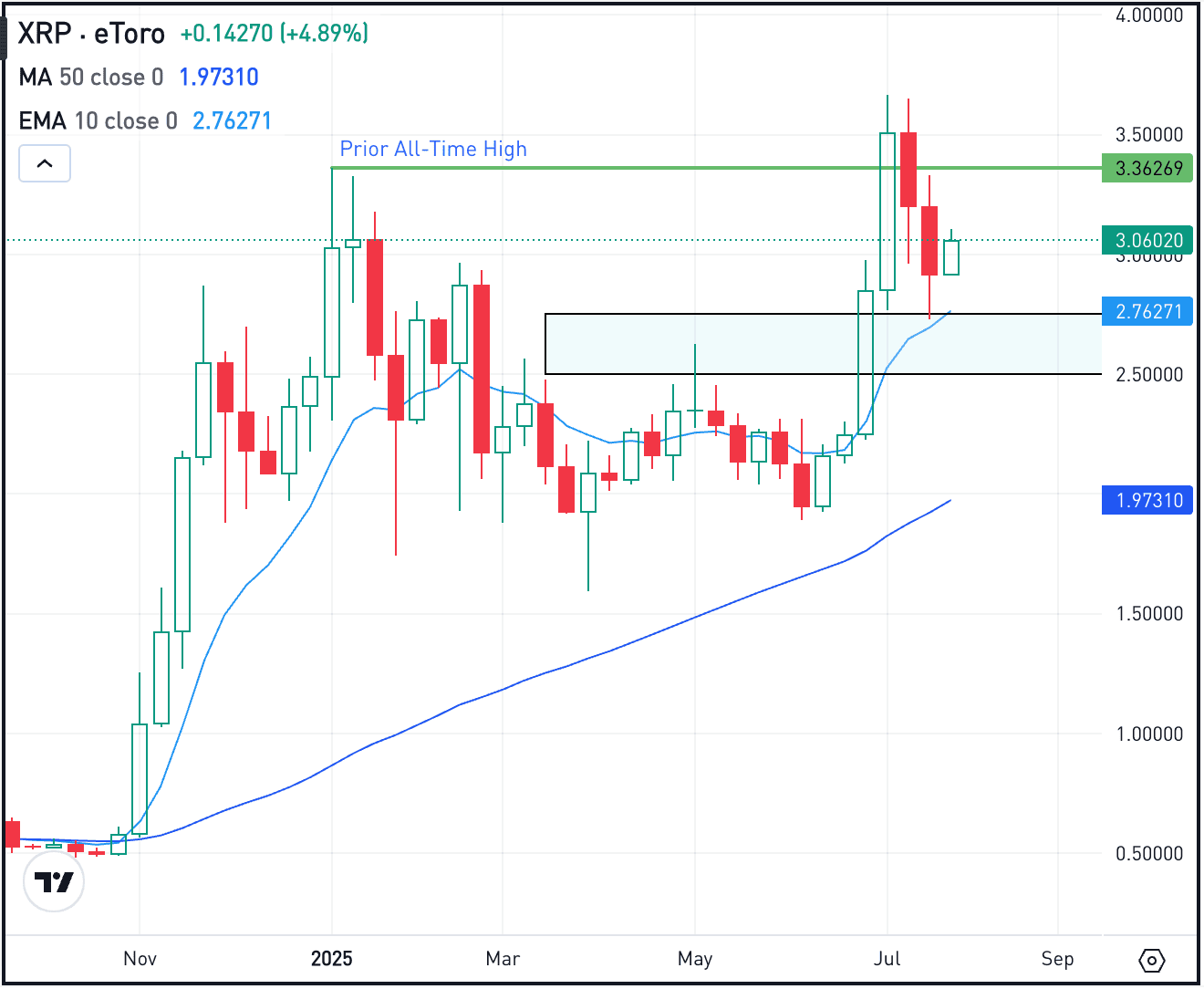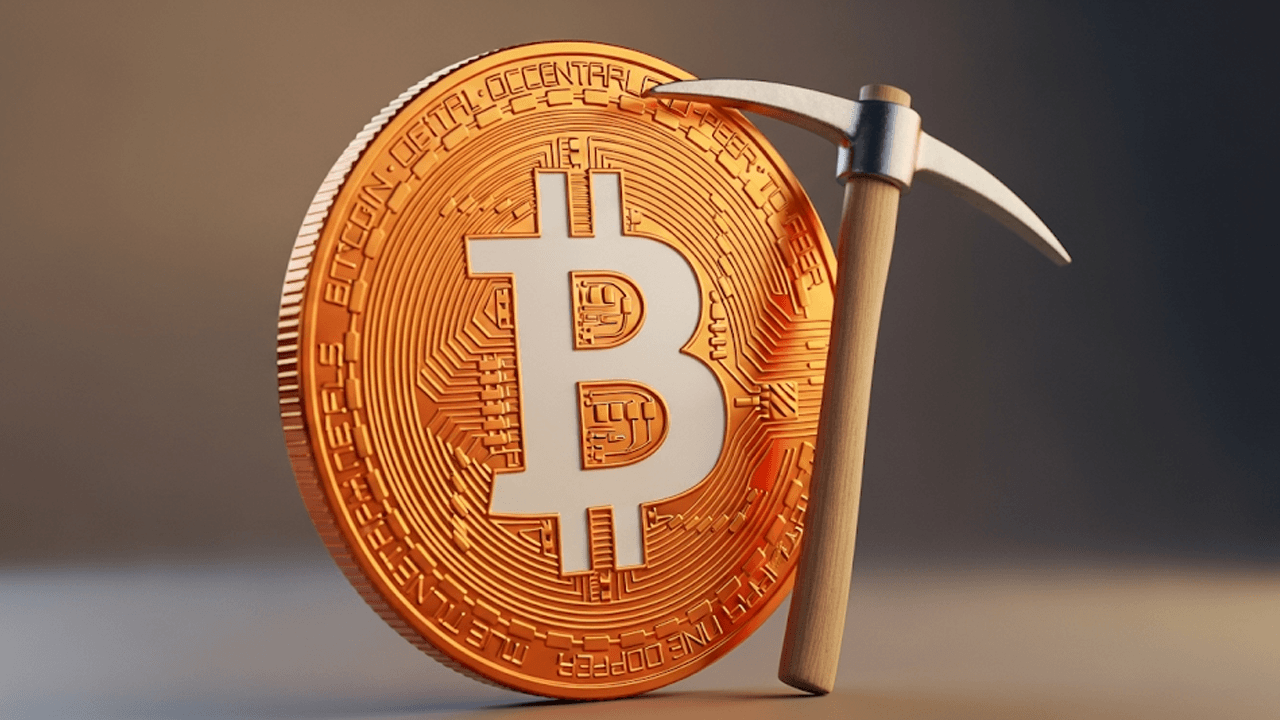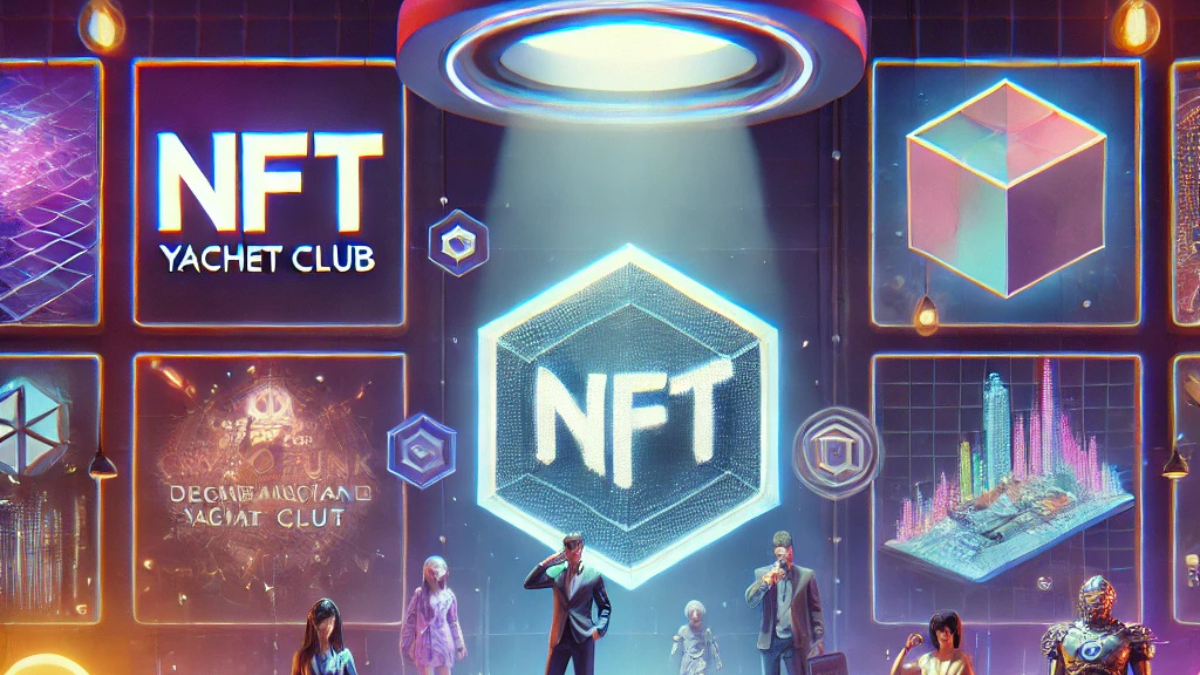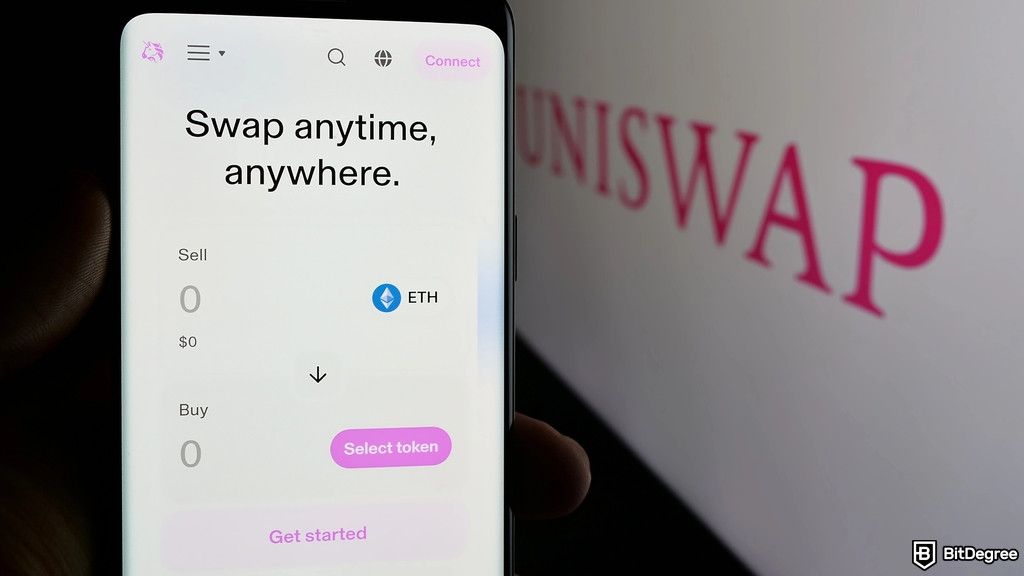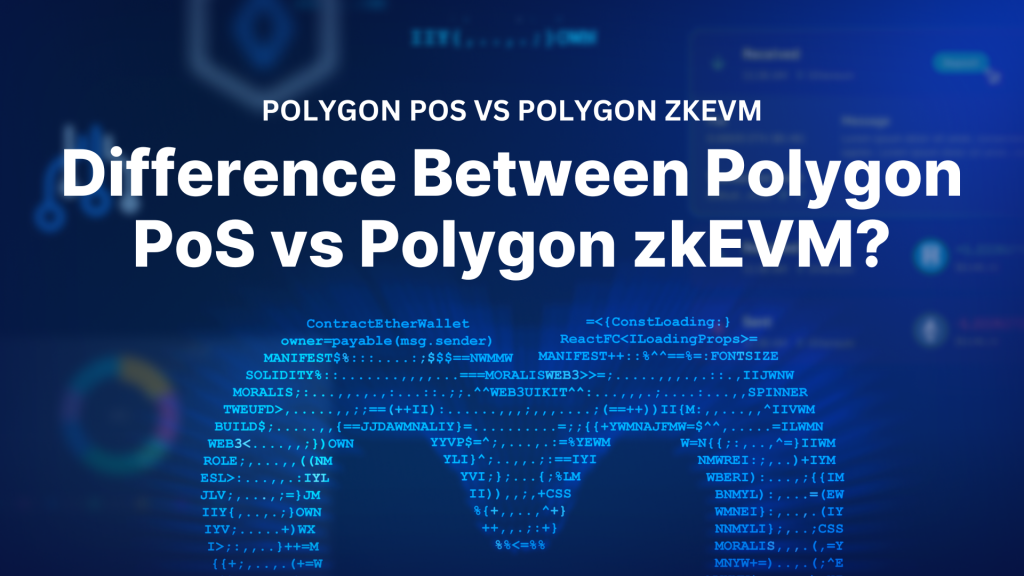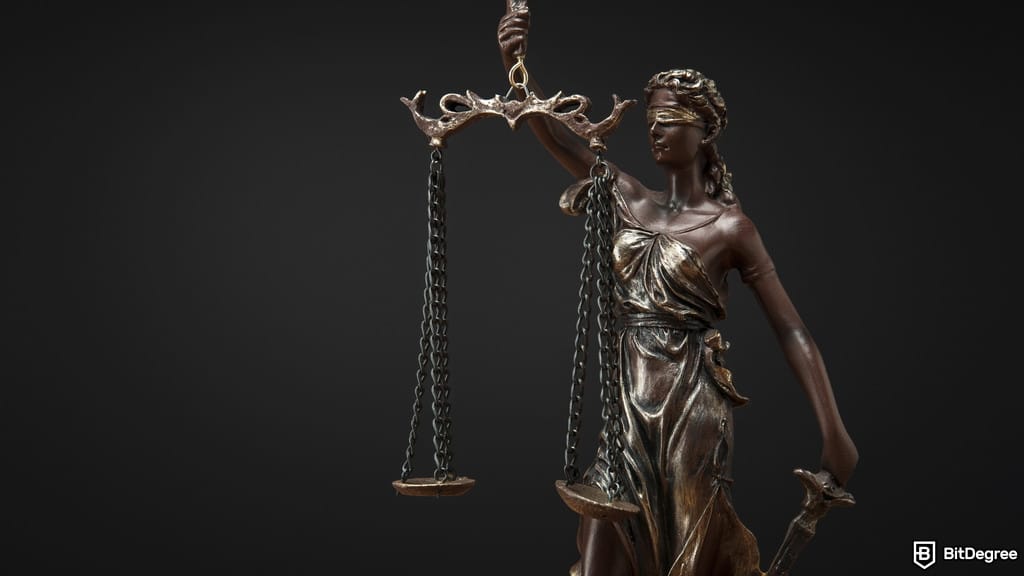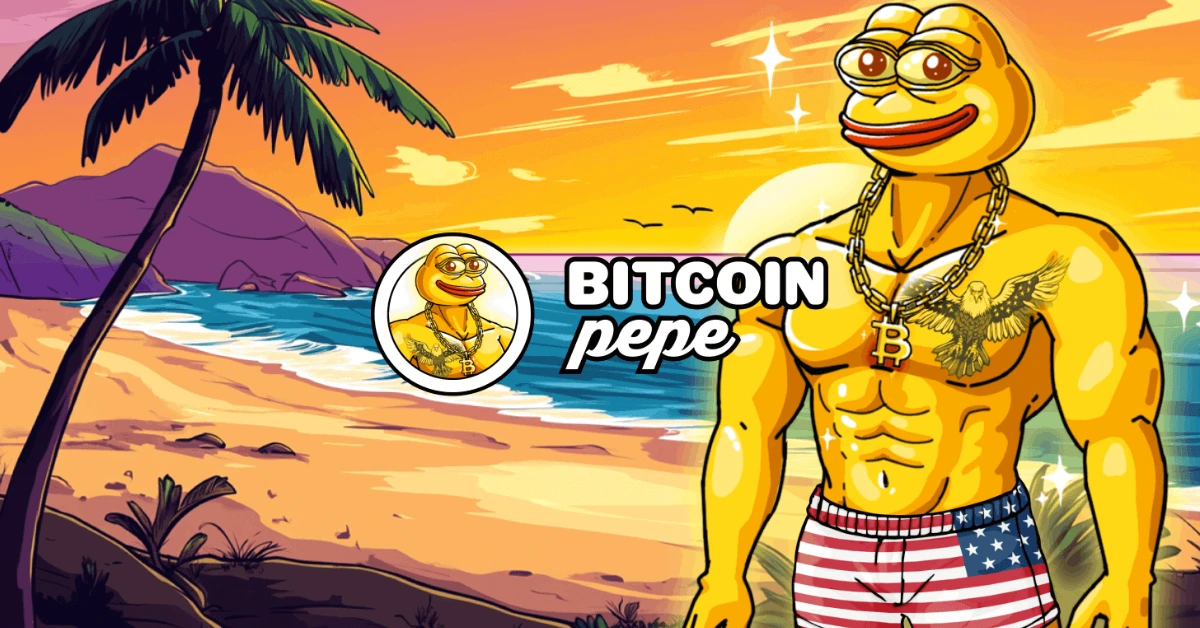FTX’s collapse demonstrated the wisdom of segregating the activities of market making on the one hand (Alameda) from those of running an exchange (FTX) and a custodian (FTX again) on the other. However, the question of whether to segregate the activities of operating an exchange and a custodian is more nuanced. Large banks often run their trading businesses and their custody businesses in the same legal entity, using information walls to control for conflicts of interest and ensuring that their own assets are segregated from those of their clients. This paper will use the experience of the US grain industry in the late nineteenth century to illustrate the importance of controlling the risks between custody and execution activities.
Cryptoasset Custody
Cryptoasset custody is a complex undertaking involving, among other things, managing information security risk to protect private keys and keep transactions secure. Custodians also act as a form of payment service provider, receiving cryptoassets and sending them based on the instructions of their clients.
Many of the early cryptoasset exchanges bundled custody with execution for their largely retail client base and some continue to do so. When they first launched, the exchanges had to build the capability to safeguard their own assets. Extending this capability to their largely retail client base for free created much stickier client relationships and was an oblique way of monetising the sunk cost of their in-house custody arrangements.
Since FTX’s failure there have been both private sector and public sector efforts to change this model. The private sector has seen wider adoption of ‘Off Exchange Settlement’ (OES) by the large exchanges, often in response to the demand of institutional clients. OES seeks to mitigate counterparty risks by removing the need for clients to keep their cryptoassets at exchanges. This, incidentally, is how Zodia Markets was designed from inception. In the public sphere, there have been regulatory measures such as those by the SEC calling for Investment Advisors to only use Qualified Custodians for their clients’ cryptoassets. There have also been consultations such as the one by HM Treasury in the UK, which signalled support for the segregation of client assets from those of the exchanges those clients use.
Cryptoasset Exchanges
Cryptoasset exchanges and traditional exchanges had similar origins insofar as most began as informal venues for retail customers. On the cryptoasset side, Coinbase started as a private service to buy and sell Bitcoin through bank transfer, while Mt. Gox started as a trading service for card collectors. In the traditional world, the LSE started out as a private association of traders based in John’s Coffee House in the City of London, while in medieval Belgium traders convened at the Huis ter Beurze, a tavern, which gave its name to the term ‘bourse’, as in Deutsche Börse. Taking a broader perspective, exchanges are designed to fulfill five functions:
Standardization, such as through weights and measures or consistently designed trading contracts,Protection of property rights, such as through rule books,Enforcement of contractual agreements through sanctions for bad actors, Mitigation of information asymmetries by disseminating information, often through a transparent order book and Providing public goods by ensuring rules are adhered to.
Judicial and legislative sanctioning of these rules by the state tended to follow, rather than the other way round.
Omnibus and Segregated: Elevators and Sacks
The development of grain exchanges in the late nineteenth century United States, particularly the Chicago Board of Trade (CBOT), helps illustrate the tension between custodians on the one hand and exchanges on the other. During the late 1840s and early 1850s, the quantity of grain shipped to Chicago grew dramatically as the United States expanded west. Storage elevators operated by warehousemen were large, specialized warehouses where grain was kept in bins before shipment. In a sense they are equivalent to omnibus cryptoasset custodians where the assets of various owners are commingled in a single wallet.
The CBOT started out as a sleepy organisation, even having to encourage attendance at its meetings in the 1850s by providing free meals. The exchange grew to play a role in standardizing the grading, inspection and weighing of commodities, including grain, which is function 1 in the list above. The warehousemen who operated the elevators were at odds with the traders and shippers of the grain, who were more aligned with the exchange.
The storage of cryptoassets involves, among other things, the indexing of the chains and asset screening. Blockchain indexing eases the process of finding information stored in the blockchain rather than analyzing data block-by-block. It does this by parsing and storing the data in a centralized database where it can then be queried. Indexing is a form of confirming the on-chain property rights of the custodian’s client. This is function 2. Certainly, clients could do this themselves, but it is much easier to pay a custodian to do it on their behalf.
Screening and scoring are a financial crime monitoring measure that has no real equivalent in traditional finance, since it is specific to blockchains. Private firms provide scoring services to assess the financial crime exposure of a particular asset or wallet. If an asset or wallet has recently interacted with an address that is known to be associated with criminal activity, then the score is adversely impacted. This means that the notion that cryptoassets are perfectly fungible is not strictly accurate. Different wallets and assets have different scores. Where custodians operate omnibus wallets, so this affects the score of the overall holdings by commingling assets of different scores.
The same was true of grain in that it is not nearly as fungible as one might imagine. There are different grades depending on the growing area, such as Russian Rye wheat, River Plate wheat, East India wheat and so on. Other grading criteria included, for example, moisture content, foreign matter, and damaged grains.
The challenge in the United States was the scale and sophistication of the custodial infrastructure that collected grain into elevators before being transported. This was different from countries like Argentina where the infrastructure was less sophisticated, and grain was parceled into sacks for shipping.
Custodians that operate separate wallets for each of their clients are analogous to the grain sacks of Argentina. Omnibus grain elevators created economies of scale through quantity and scale. However, this came with the trade-off of making it harder to track quality compared with using grain sacks that could be tagged with a particular grade from the point of packing to arrival at the end customer. In cryptoassets omnibus wallets also create economies of scale, such as reducing on-chain transaction costs, but the scoring of individual sets of assets becomes more challenging if not impossible.
The Risks of Comingling and Custodians trading on own account
The commingling of grain allowed the warehousemen to engage in unscrupulous practices. For example, they could receive a shipment of grade one grain and then mix it with grade two to the point that it was still just within the acceptable range for a one grade. As a result, the warehouse was able to improve the quality of grain on its own account to the detriment of others. This of course resulted in a dead weight loss for those who had high-quality grain stored at the elevator. This discouraged farmers from ensuring their grain was of the highest quality. Further down the supply chain, shippers engaged in mixing to be as close to the threshold between grades, so the loss to the warehousemen would be minimized. In some senses there is a Gresham’s Law at work, with poor-quality grain driving out good quality grain. In summary, standardization and the protection of property, functions 1 and 2, became flawed.
One key difference between cryptoassets and the grain markets is that the grading and scoring of cryptoassets is conducted by third party private sector companies, since the data is public and anyone can do it. However, omnibus wallets do limit this capability since a great deal of trading activity can take place off-chain and then net settle to the omnibus wallet.
Another source of tension revolved around function 4. Warehousemen, who could trade on the exchange but also traded off the exchange in private transactions, had information about supply and demand as well as the qualities of grain in storage, thus creating a conflict of interest. While this information was their property and the treatment of information as property does act as an incentive to owners to produce and sell that information, there is a counterargument that mandatory disclosure can help prevent insider trading, market abuse and adverse selection.
What is key is where the warehousemen were able to commingle their own assets with those of their clients and where they were able to trade on their own account, they had the temptation to engage in abusive and illicit practices, which put them into conflict with the CBOT. It is no surprise that the responses to HMT’s consultation calling for firm and client assets to be segregated were overwhelming.
The CBOT had a long-running conflict with the warehousemen as it struggled to apply the same standardization of weights, measures, and grades as it had in other assets such as lumber. In 1906 the CBOT implemented the Call Rule that required that any private trades concluded off the exchange had to be at the closing price for the day. The warehousemen were more afraid of expulsion from the exchange than the costs of adhering to this rule so they adhered to it. The rule was also given judicial backing on this important market function. This allowed the CBOT to manage the conflict of interest around the warehousemen being able to trade on their own account, but critically that was not done by banning them from trading.
All of this meant that the economies of scale of elevators could be retained, while allowing for the conflicts of interest and other issues of tension to be managed. What is readily apparent is that banning elevators or preventing warehousemen from trading was never a realistic option. Technology and the economies of scale that it brought was held to be a fundamental good. Yes, it introduced new risks but over time the market and the regulators were able to manage these novel risks under a model that has operated for over a hundred years. One hopes that the same attitude can be brought to bear in the cryptoasset markets.
This is a guest post by Nick Philpott. Opinions expressed are entirely their own and do not necessarily reflect those of BTC Inc or Bitcoin Magazine.

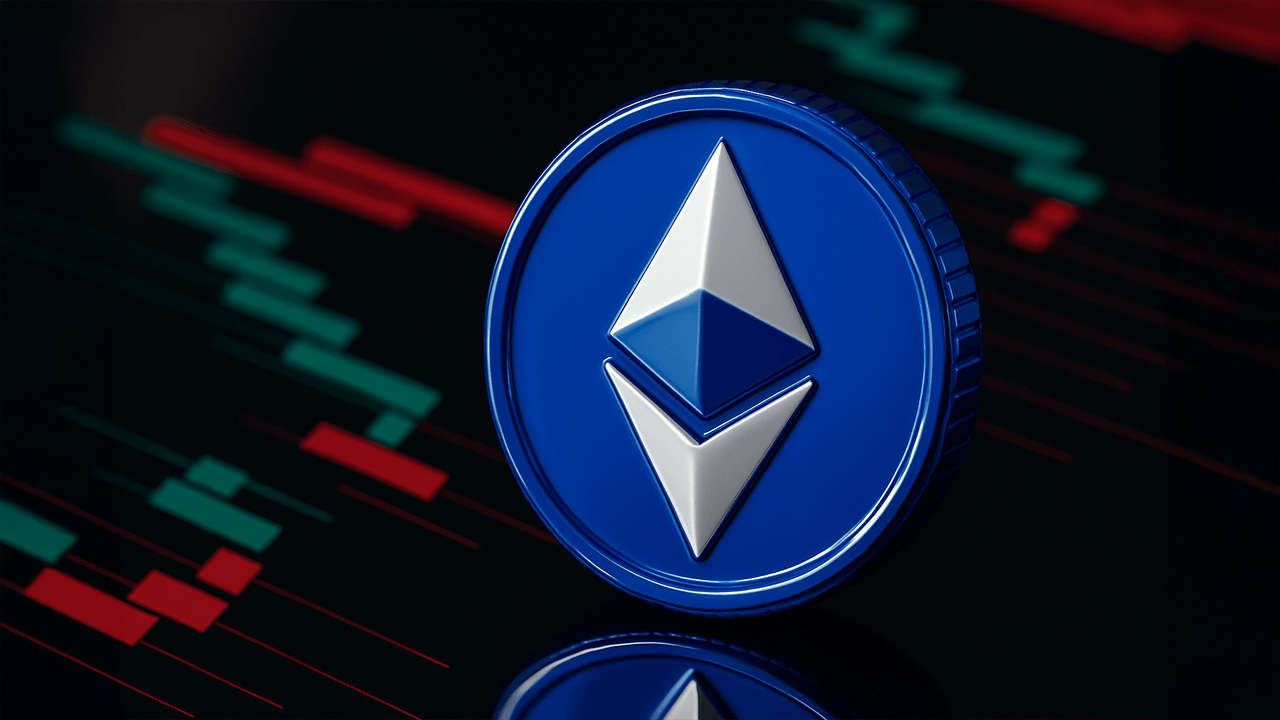
![[LIVE] Latest Crypto News, August 8 – Rally as Trump Approves 401(k) Crypto Investments, ETH Breaks $3,900: Next Crypto To Explode? [LIVE] Latest Crypto News, August 8 – Rally as Trump Approves 401(k) Crypto Investments, ETH Breaks $3,900: Next Crypto To Explode?](https://99bitcoins.com/wp-content/uploads/2025/08/IMG_0834-scaled.png)
